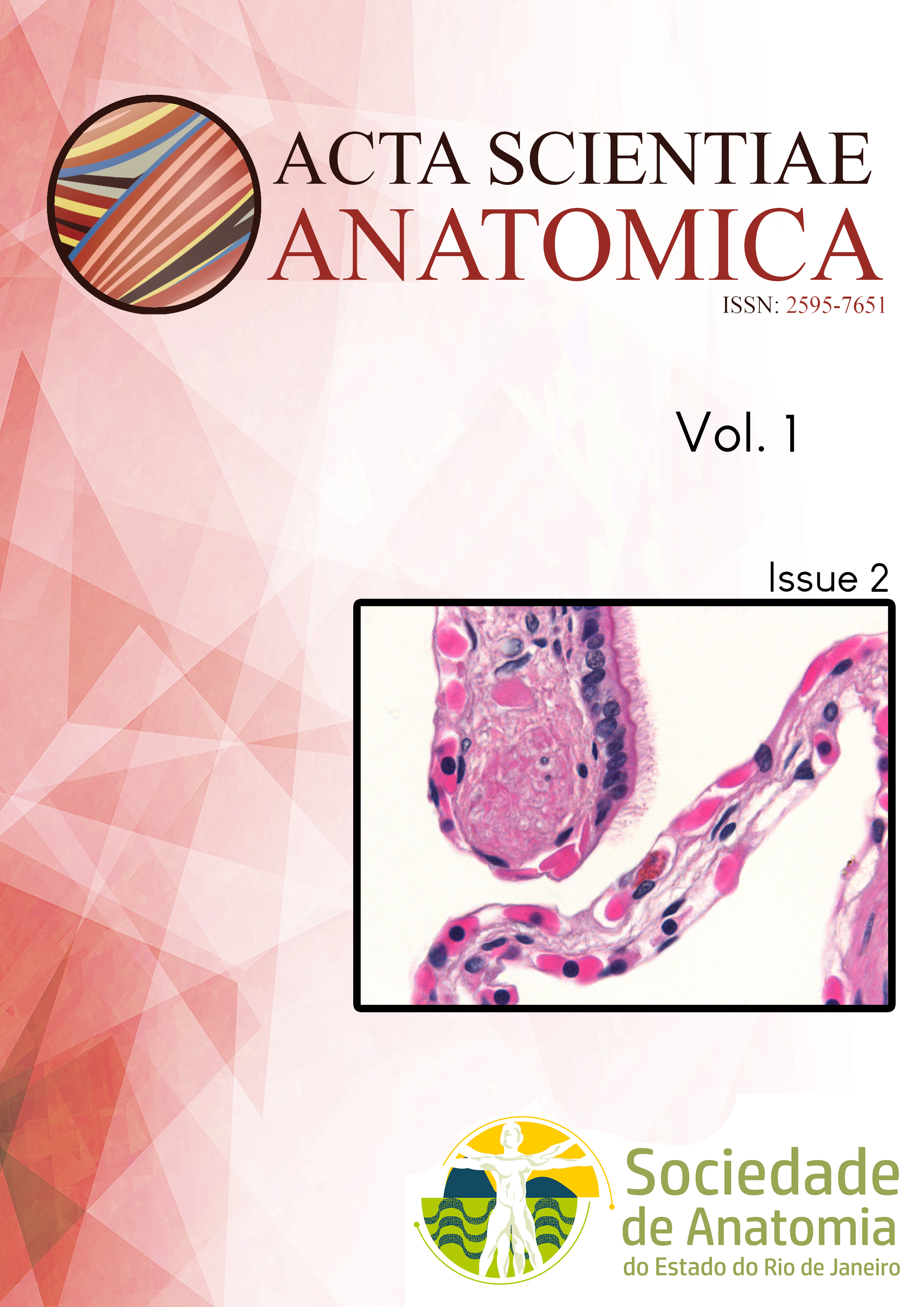A review of the corona mortis with clinical and surgical applications to orthopedics
DOI:
https://doi.org/10.65053/asa20190105Keywords:
corona mortis, obturator artery, inferior epigastric artery, osteotomy, pubic fracture, ilioinguinal accessAbstract
The corona mortis (crown of death) is usually considered as the anastomosis between the external iliac vessels and internal iliac vessels over the superior pubic ramus, although there is no consensus regarding its definition. It possesses a variable prevalence among different studies and its presence is of surgical significance to numerous procedures. Some of these surgeries are routinely performed by the orthopedist, thus, awareness of the corona mortis is crucial. The present work aimed to perform a comprehensive review to evaluate the prevalence of the corona mortis and to address its anatomical, surgical and clinical aspects in respect to orthopedics. It is known that iatrogenic rupture of this vessel during surgery may cause significant hemorrhage with difficulty in hemostasis. This vessel can also be the source of hemorrhage in pubic fractures, hence, when evaluating pubic fractures one must check the presence of bleeding and its source. Thus, the orthopedist must remember this vessel during procedures such as osteotomies and whilst using accesses such as the ilioinguinal and modified Stoppa.
Downloads
Published
Issue
Section
License
Copyright (c) 2025 Acta Scientiae Anatomica

This work is licensed under a Creative Commons Attribution-NonCommercial-ShareAlike 4.0 International License.
This journal publishes open-access articles under the Creative Commons Attribution 4.0 International (CC BY 4.0) license. This permits use, sharing, adaptation, distribution, and reproduction in any medium or format, as long as appropriate credit is given to the authors and the source, a link to the license is provided, and any changes are indicated. License: https://creativecommons.org/licenses/by/4.0/








